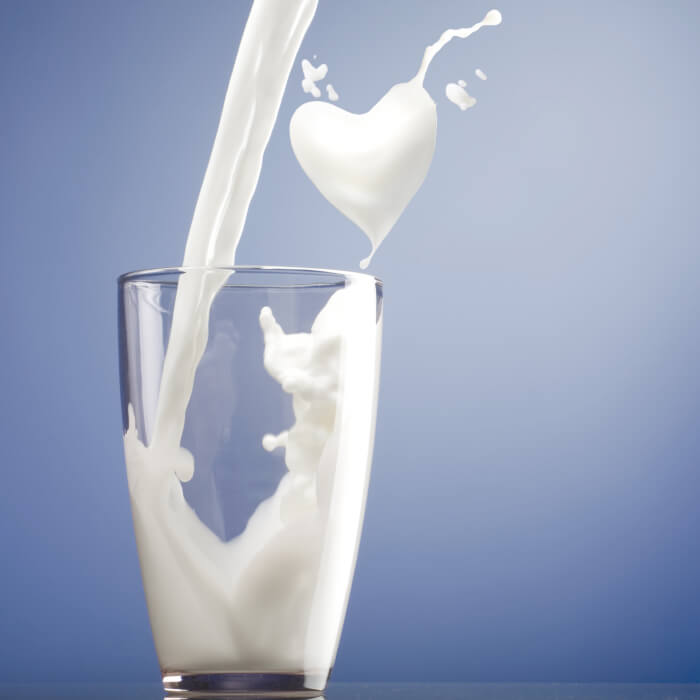3 Things You Need To Know About 2’-FL, A Key Ingredient In Growing Up Milk For Your Child
- Main Image
-

- Title
- 3 Things You Need To Know About 2’-FL, A Key Ingredient In Growing Up Milk For Your Child
- Short Description
-
Keep an eye out for 2’-FL, known to support your child’s natural body defences, the next time you visit the formula milk section.
- Detail Page Path
.jpg)

